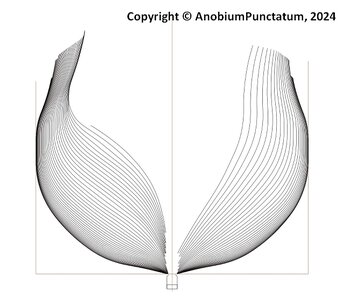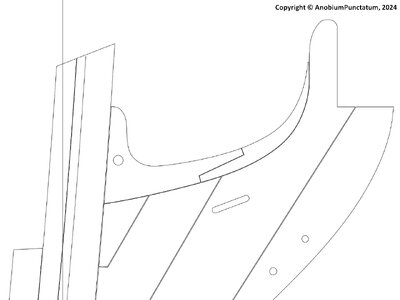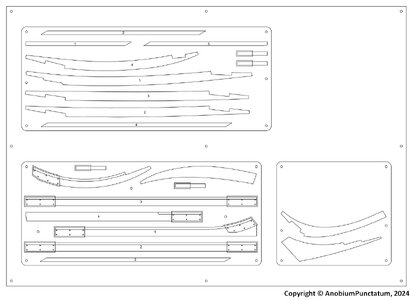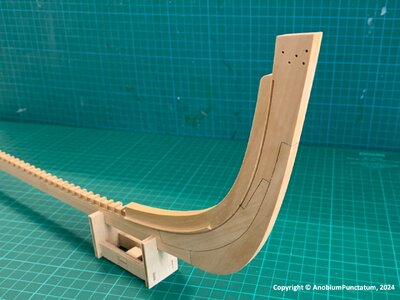- Joined
- Oct 23, 2018
- Messages
- 526
- Points
- 353

HM Sloop Fly was one of 26 Swan Class ship sloops built to a design by John Williams. The keel was laid in January 1776 at the George White Shipyard in Sheerness. The launching took place on 14.9.1776 and the commissioning on 19.10.1776.
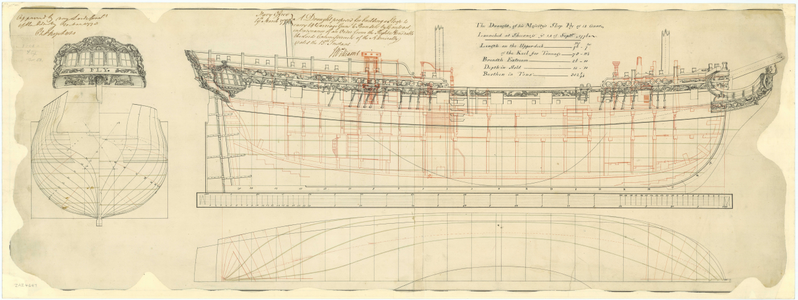
Source: https://commons.wikimedia.org
Between July and September 1778, the sloop was refitted in Porthmouth and the underwater hull was coppered.
The armament originally consisted of fourteen 6 Pdr guns on the upper deck. By Admiralty Order of 22.7.1780 the armament was increased by two further 6 Pdr. From 1794 onwards, she also carried thre 12 Pdr carronades on the quarterdeck and two 12 Pdr carronades on the forecastle.
Fly sank off Newfoundland in January 1802.

Source: https://commons.wikimedia.org
Between July and September 1778, the sloop was refitted in Porthmouth and the underwater hull was coppered.
The armament originally consisted of fourteen 6 Pdr guns on the upper deck. By Admiralty Order of 22.7.1780 the armament was increased by two further 6 Pdr. From 1794 onwards, she also carried thre 12 Pdr carronades on the quarterdeck and two 12 Pdr carronades on the forecastle.
Fly sank off Newfoundland in January 1802.
Last edited:




